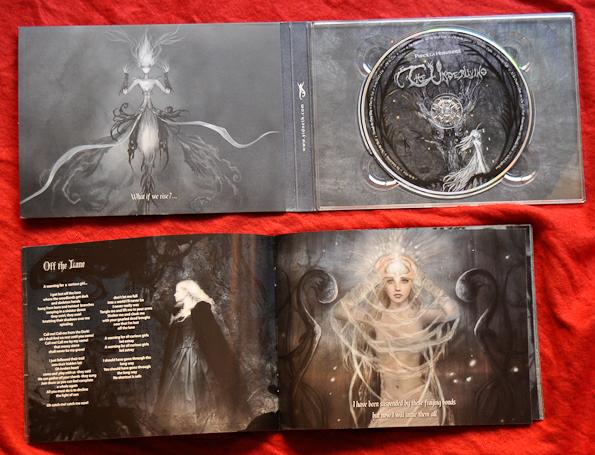 Spanish composer, multi-instrumentalist, and fantasy illustrator Priscilla Hernandez is back with a new album – The Underliving – the follow-up to her 2006 Ancient Shadows album. Let me give you a little background…
Spanish composer, multi-instrumentalist, and fantasy illustrator Priscilla Hernandez is back with a new album – The Underliving – the follow-up to her 2006 Ancient Shadows album. Let me give you a little background…
As a teenager, Priscilla created a graphic novel called Yidneth. It remains unpublished, but provided the inspiration for a trilogy of albums, the first of which was Ancient Shadows. The Underliving is part 2, and the third part will be titled Yidneth. Priscilla describes Yidneth as being about fairies and ghosts but not a fairytale or a ghost story. It involves several realms, among them THE LIVING (also called THE FLESH), the UNDERLIVING, THE TRANSIT (Ghosts also called SOULS) and the ELEMENTAL WORLD. As she summarizes on her web site, “There are several stories branched out of them but the main ‘Yidneth’ is a simple romantic yet bitter story in the Elemental World.”
In my review of Ancient Shadows (AI #38), I described the music as an intriguing blend of New Age and Goth, with the kind of beats not typically heard in either of those genres, and imagined the Celtic tinged New Age of Enya and Clannad with a dark but uplifting Gothic atmosphere, along with a touch of symphonic progressive rock.
The music on The Underliving is similar, though I didn’t get the sense of New Age elements this time. Maybe it’s because I’m reviewing this album a few years later and am more tuned in to Priscilla’s music. Regardless, I felt like I was drifting along in a beautifully ethereal Gothic-Celtic-Symphonic dream world. Like a Gothic Clannad crossed with a Celtic Kate Bush, built on a symphonic-orchestral Progressive rock foundation, with an atmosphere that is often hauntingly cosmic. The music flows almost seamlessly from one track to the next, making for a thematic, full album experience. The enchanting vocals are by Priscilla, who wrote all the lyrics and plays piano, keyboards, harp, flute and more; Hector Corcin plays percussion, synths, piano, and co-composed some of the music with Priscilla; Piel Fiol plays lead cello, and the rest is rounded out by various guests on backing vocals and other instrumentation.
But the music is informed by so much more… The booklet that accompanied Ancient Shadows had impressed me with its beautiful examples of Priscilla’s illustrations and detailed information. But the packaging of The Underliving takes the CD medium to a level I’ve rarely seen. I’m a child of the 70s and grew up with vinyl record albums. From an aesthetic standpoint CDs are limited by their size. But The Underliving comes with a DVD case sized, 52-page book that’s jam packed with Priscilla’s stunning artwork, lyrics and information. The DVD size is just big enough that I can fully appreciate the artwork, which is very difficult with a regular sized CD booklet. I’m really inspired and fascinated when someone transcends the limitations of the CD to create something that the listener genuinely wants to hold in their hands and gaze at. It’s a much more immersive experience, like the days when I would gaze at a gatefold LP while listening to the music. The vocals, harmonies and music are mesmerizing, and following along with the book I was spellbound throughout the entire 70 minutes of the album. I can see The Underliving appealing to a varied audience.
For more information you can visit the Priscilla Hernandez web site at: http://priscillahernandez.com
Do spend some time there. There’s LOADS of information, including a handy Shop link for purchases, but do yourself a favor and click the Fine Arts link at the top of the page where you’ll find galleries of Priscilla’s artwork.
Also check out the Videos link. I found a live performance video that made my eyes nearly pop out of their sockets. The costumes, stage design and music made me think of a Celtic-fantasy sequence-symphonic-opera. STUNNING!!! Priscilla is a multi-faceted and truly gifted talent.
Reviewed by Jerry Kranitz
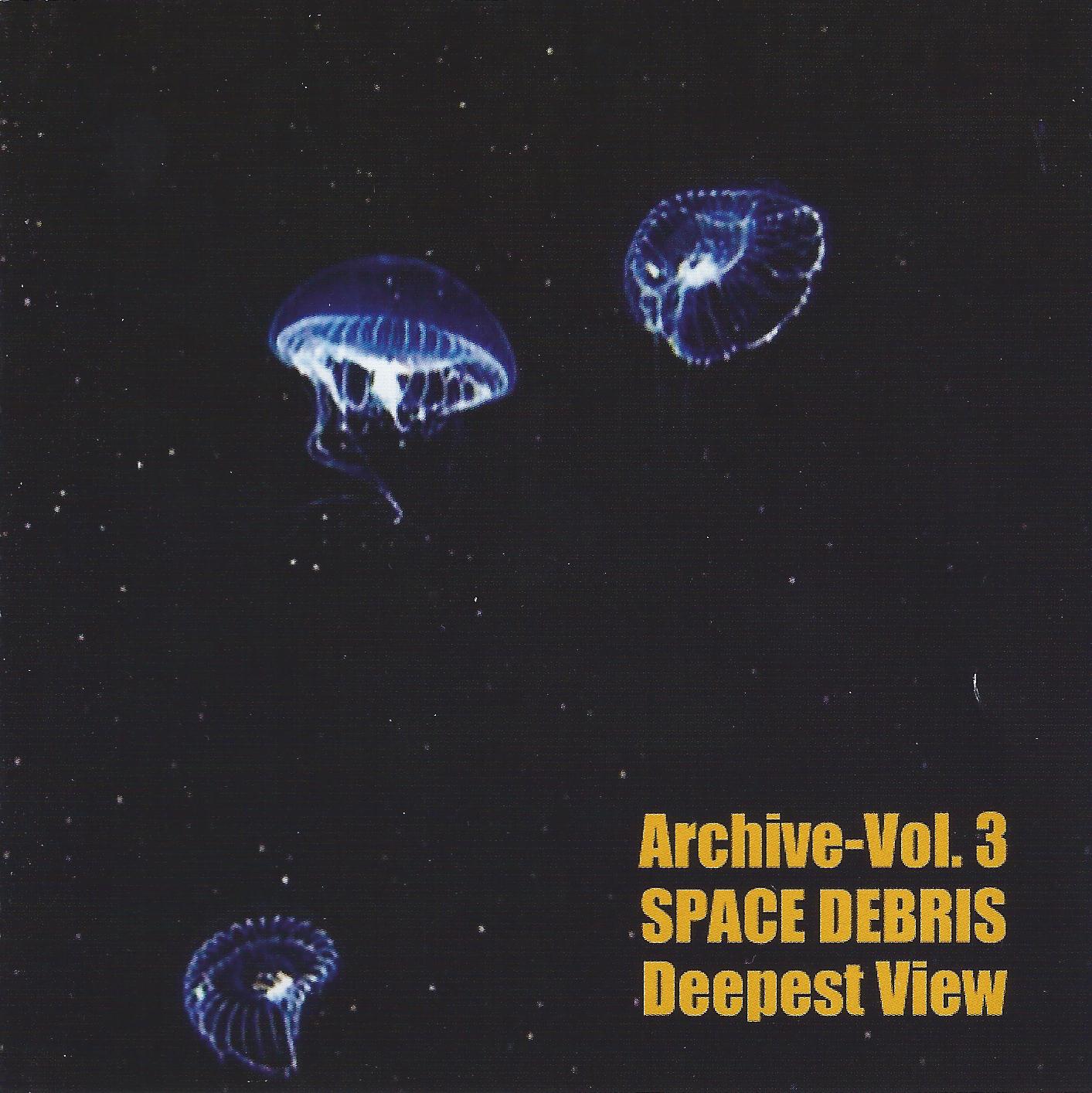 Following closely in the footsteps of their first two archival releases, Space Debris return with a third volume of live recordings and bits and pieces. Starting off in an unusually subdued mood, with moody acoustic piano, the 10-minute opening cut Mary-Joe-Anna nonetheless gets going eventually into another heavy jam from the band. The shorter Reprise of the Sun features some nice electric piano. Off course, throughout is the sterling organ work that is something of a signature sound for Space Debris, provided on some tracks by current keyboardist Winnie Rimbach-Sator and on others by former keyboardist Tom Kunkel. But let’s not forget the tight rhythm section of Peter Brettel (bass) and Christian Jäger (drums) and the endlessly creative guitar playing of Tommy Gorny. Those looking for trippy or spacey music won’t find much here (maybe dashes here and there, like the opening of Anima and the spacey drumfest of Astronaut Versus Kosmonaut). But for those looking for some top-notch, 70’s style instrumental rock with some bluesy/jazzy touches (diggin’ the last few minutes here of the 21-minute epic title track) will find plenty to love on Vol. 3. The bluesy stuff really comes out in the appropriately titled Blues; there’s some groovin’ Santana-style Latin jamming on Latrino Mortadella II, and even a bit of moody midnight soul music on the lovely Mynona. The band throw in a few really short tracks too, some fun little fragments like the trippy drum patter of the 27-second Namber Nein and the funky jam of the minute and a half long MoJoMe III. And there’s even the 11-second closing cut, Jerrys Aural Innovations, featuring our own starship captain Jerry Kranitz giving a bit of commentary that, like this collection, really sums up everything that Space Debris is all about.
Following closely in the footsteps of their first two archival releases, Space Debris return with a third volume of live recordings and bits and pieces. Starting off in an unusually subdued mood, with moody acoustic piano, the 10-minute opening cut Mary-Joe-Anna nonetheless gets going eventually into another heavy jam from the band. The shorter Reprise of the Sun features some nice electric piano. Off course, throughout is the sterling organ work that is something of a signature sound for Space Debris, provided on some tracks by current keyboardist Winnie Rimbach-Sator and on others by former keyboardist Tom Kunkel. But let’s not forget the tight rhythm section of Peter Brettel (bass) and Christian Jäger (drums) and the endlessly creative guitar playing of Tommy Gorny. Those looking for trippy or spacey music won’t find much here (maybe dashes here and there, like the opening of Anima and the spacey drumfest of Astronaut Versus Kosmonaut). But for those looking for some top-notch, 70’s style instrumental rock with some bluesy/jazzy touches (diggin’ the last few minutes here of the 21-minute epic title track) will find plenty to love on Vol. 3. The bluesy stuff really comes out in the appropriately titled Blues; there’s some groovin’ Santana-style Latin jamming on Latrino Mortadella II, and even a bit of moody midnight soul music on the lovely Mynona. The band throw in a few really short tracks too, some fun little fragments like the trippy drum patter of the 27-second Namber Nein and the funky jam of the minute and a half long MoJoMe III. And there’s even the 11-second closing cut, Jerrys Aural Innovations, featuring our own starship captain Jerry Kranitz giving a bit of commentary that, like this collection, really sums up everything that Space Debris is all about.
 I got this CD-R and listened to it once – then I attempted to touch base with the band itself. After I never did hear back from them, I decided to give the disc a second listen and to check out their Myspace page to hopefully be able to scrap together enough information to give this disc a proper review. You get seven tracks – with a running time 38:25. Best described as mid-to-slow tempo psychedelic with a touch of the blues worked in. Black Wyrm Seed is based in Chicago and I saw noted that this CD-R was initially put out on cassette. Songs I liked best were Shadows Of Time (has some good lyrics, I thought), Goodbye, Blue Monday – sort of maybe reminds me of Syd Barrett, the two-and-a-half minute Sleeping Sickness, the seven-minute Walls Of Sodom and Broken Windowpane. A bit too low-key compared to what I prefer – yet don’t get me wrong it’s all still good. Line-up: Nathan M. Dodge – electric & acoustic guitars & vocals, Matthew Dodge – bass and Kurt Long – drums. I am not sure of just who I might compare Black Wyrm Seed to. But after spending a certain amount of time on their Myspace page, I found some notable bands and artists that might be similar or even somewhat similar to their music which are Dark Fog, OM, Plastic Crimewave Sound, Sleep and Heavy Water Experiments. This CD-R tends to sound better with each spin. Really liked their Myspace page.
I got this CD-R and listened to it once – then I attempted to touch base with the band itself. After I never did hear back from them, I decided to give the disc a second listen and to check out their Myspace page to hopefully be able to scrap together enough information to give this disc a proper review. You get seven tracks – with a running time 38:25. Best described as mid-to-slow tempo psychedelic with a touch of the blues worked in. Black Wyrm Seed is based in Chicago and I saw noted that this CD-R was initially put out on cassette. Songs I liked best were Shadows Of Time (has some good lyrics, I thought), Goodbye, Blue Monday – sort of maybe reminds me of Syd Barrett, the two-and-a-half minute Sleeping Sickness, the seven-minute Walls Of Sodom and Broken Windowpane. A bit too low-key compared to what I prefer – yet don’t get me wrong it’s all still good. Line-up: Nathan M. Dodge – electric & acoustic guitars & vocals, Matthew Dodge – bass and Kurt Long – drums. I am not sure of just who I might compare Black Wyrm Seed to. But after spending a certain amount of time on their Myspace page, I found some notable bands and artists that might be similar or even somewhat similar to their music which are Dark Fog, OM, Plastic Crimewave Sound, Sleep and Heavy Water Experiments. This CD-R tends to sound better with each spin. Really liked their Myspace page. Formed in Belgrade as recently as 2010, Serbian band Temple of the Smoke have released their debut album … Against Human Race on the Russian Association of Independent Genres label in 2011 (following the free download EP Consecration & Temple of the Smoke Big Band released earlier the same year). Such a nihilistic title may have been a factor in one reviewer commenting that the (pretty much) all-instrumental album “… indicates just how screwed up the world is”, while the band name brings to mind pure stoner rock, both giving premature warning of a bleak listen ahead. True, there is a certain amount of dark energy to be found on “… Against …” but there are also lighter shades and colours, as well as a multitude of influences beyond mere stone-age jamming. Comprising Dragan Mirkovic (drums, percussion and most excellent nom de rock), Dusan Zica (guitar, synthesizers, samples), Marko Ilic (bass) and Janko Strojanovic (guitar, voice), the band have obviously got their obligatory Hawkwind, Black Sabbath and Ozric Tentacles credentials sorted, but have also had an ear for less obvious influences – for example the heavy dub rhythm track and chukka-chukka guitars of Unnatural Recession brings to mind The Clash’s Guns Of Brixton.
Formed in Belgrade as recently as 2010, Serbian band Temple of the Smoke have released their debut album … Against Human Race on the Russian Association of Independent Genres label in 2011 (following the free download EP Consecration & Temple of the Smoke Big Band released earlier the same year). Such a nihilistic title may have been a factor in one reviewer commenting that the (pretty much) all-instrumental album “… indicates just how screwed up the world is”, while the band name brings to mind pure stoner rock, both giving premature warning of a bleak listen ahead. True, there is a certain amount of dark energy to be found on “… Against …” but there are also lighter shades and colours, as well as a multitude of influences beyond mere stone-age jamming. Comprising Dragan Mirkovic (drums, percussion and most excellent nom de rock), Dusan Zica (guitar, synthesizers, samples), Marko Ilic (bass) and Janko Strojanovic (guitar, voice), the band have obviously got their obligatory Hawkwind, Black Sabbath and Ozric Tentacles credentials sorted, but have also had an ear for less obvious influences – for example the heavy dub rhythm track and chukka-chukka guitars of Unnatural Recession brings to mind The Clash’s Guns Of Brixton. This year Electric Orange will be clocking up two decades of psychedelic experimentation, having been formed in 1992 by German musician Dirk Jan Muller. Muller, who plays all manner of vintage keyboards on Netto (including such mouth-watering gems as Mellotron, Minimoog, Farfisa and Hammond organ), was joined in 1994 by guitarist Dirk Bittner, and the current line-up is completed by bassist Tom Ruckwald and drummer Georg Monheim. Netto is the band’s eighth official studio album, recorded in August 2011 and released on Dave Schmidt’s Sulatron Records (home of Vibravoid and Electric Moon, amongst many other 21st century space cadets). Earlier albums (including 2010’s Krautrock From Hell) have received positive reviews in Aural Innovations, and Netto seems well-placed to continue in similar vein.
This year Electric Orange will be clocking up two decades of psychedelic experimentation, having been formed in 1992 by German musician Dirk Jan Muller. Muller, who plays all manner of vintage keyboards on Netto (including such mouth-watering gems as Mellotron, Minimoog, Farfisa and Hammond organ), was joined in 1994 by guitarist Dirk Bittner, and the current line-up is completed by bassist Tom Ruckwald and drummer Georg Monheim. Netto is the band’s eighth official studio album, recorded in August 2011 and released on Dave Schmidt’s Sulatron Records (home of Vibravoid and Electric Moon, amongst many other 21st century space cadets). Earlier albums (including 2010’s Krautrock From Hell) have received positive reviews in Aural Innovations, and Netto seems well-placed to continue in similar vein.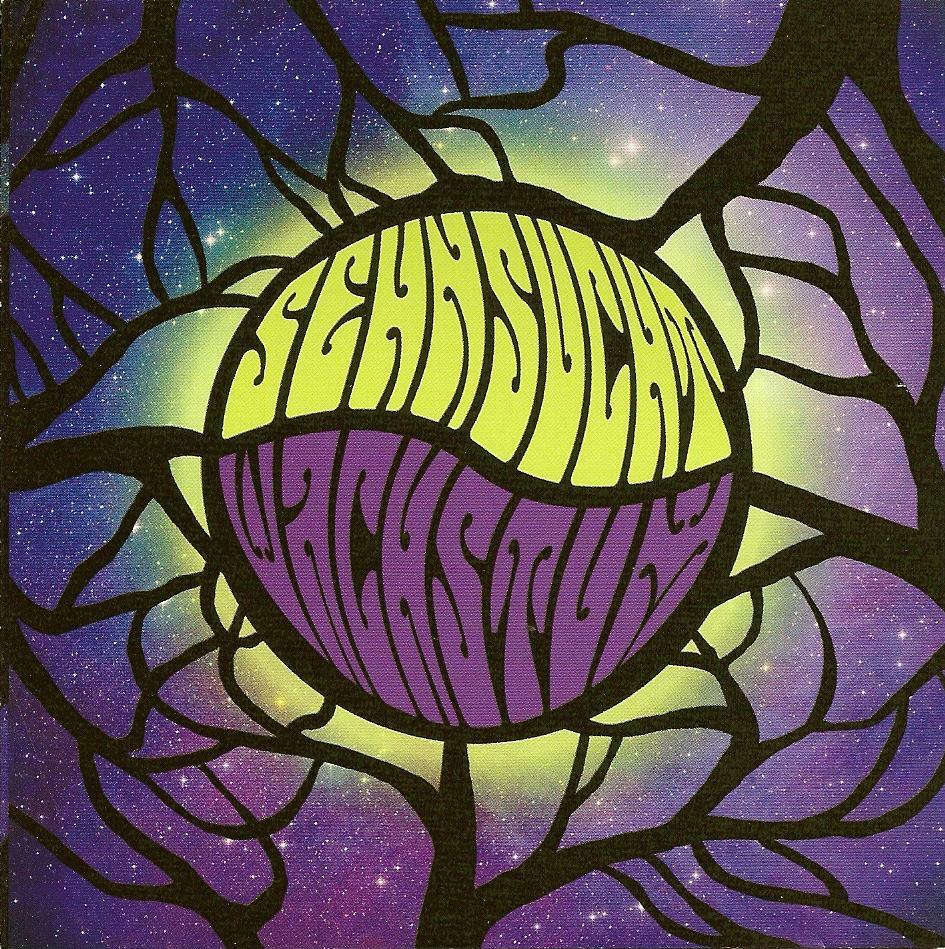 Formed in St Petersburg in 2008, Sehnsucht (a German word that can be translated as yearning, craving or an insatiable desire for something unknown) is a Russian four-piece psychedelic rock band, who list early German krautrock as one of their primary inspirations. Wachstum, released at the close of 2010, is their debut album, recorded live in the RockSpb Rehearsal Centre studio, and featuring seven instrumental trips through space. Their current line-up features Michael Linov (bass), Timur Samatov (guitar), Boris Popov (drums), and Catherine Lutsevich (keyboards and swooping/whooshing synths in Dikmik/Del Dettmar tradition).
Formed in St Petersburg in 2008, Sehnsucht (a German word that can be translated as yearning, craving or an insatiable desire for something unknown) is a Russian four-piece psychedelic rock band, who list early German krautrock as one of their primary inspirations. Wachstum, released at the close of 2010, is their debut album, recorded live in the RockSpb Rehearsal Centre studio, and featuring seven instrumental trips through space. Their current line-up features Michael Linov (bass), Timur Samatov (guitar), Boris Popov (drums), and Catherine Lutsevich (keyboards and swooping/whooshing synths in Dikmik/Del Dettmar tradition). I was first introduced to the music of composer and multi-instrumentalist Scott Mosher in 2001 when I heard his Virtuality album, which I summarized in my review as, “taking heavy Rush influences (with a dash of Dream Theater) and injecting a heavier keyboard presence that is sometimes symphonic and sometimes recalls the spaciness of Tangerine Dream or robotic synth patterns of Kraftwerk.” In 2004 Mosher released his next album, Inferno, a Space Ambient/Progressive Rock blend that I enjoyed, and gave kudos to Mosher for “injecting a healthy dose of space into the heavy Prog genre, creating music that is challenging but accessible, and maybe occupying a unique little stylistic corner of his own.”
I was first introduced to the music of composer and multi-instrumentalist Scott Mosher in 2001 when I heard his Virtuality album, which I summarized in my review as, “taking heavy Rush influences (with a dash of Dream Theater) and injecting a heavier keyboard presence that is sometimes symphonic and sometimes recalls the spaciness of Tangerine Dream or robotic synth patterns of Kraftwerk.” In 2004 Mosher released his next album, Inferno, a Space Ambient/Progressive Rock blend that I enjoyed, and gave kudos to Mosher for “injecting a healthy dose of space into the heavy Prog genre, creating music that is challenging but accessible, and maybe occupying a unique little stylistic corner of his own.”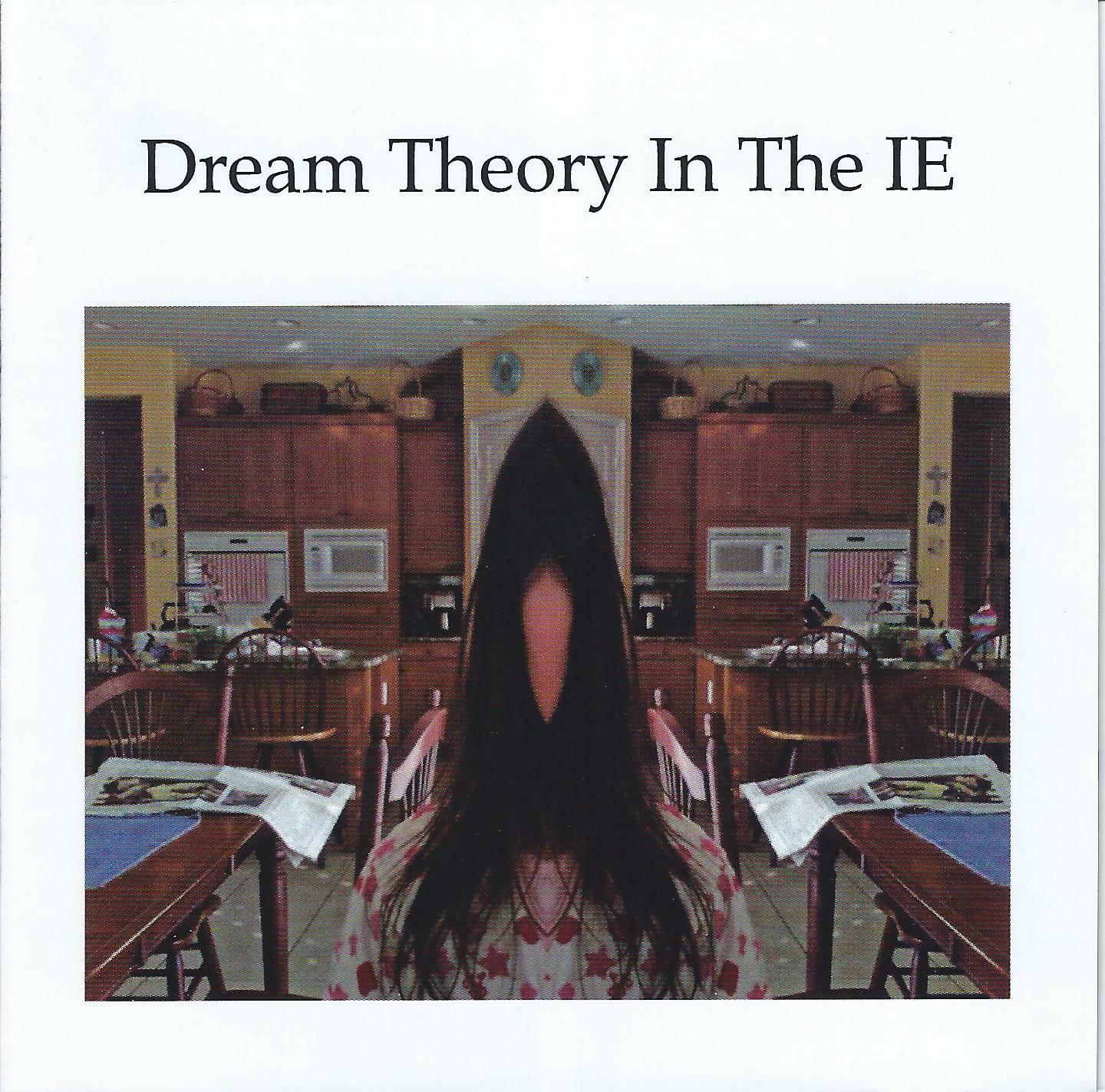 Mike Henderson & Chuck Oken Jr are both founding members of the long-lived Calfornia based Rock-Prog-Ambient-Psych band Djam Karet. Dream Theory In The IE (IE stands for The Inland Empire, a geographic region of Southern California) is a new album on Djam Karet’s Firepool Record label that distills 6 hours worth of improvised music from three live shows recorded late last year down to this 7 track CD. While some effects like reverb, delay and EQ were added during mastering, no overdubs or edits were used, providing the listener with the live experience as heard during the performances. Henderson and Oken utilize acoustic and electric guitars, lap steel guitar, analog & digital keyboards, digital drums & percussion, effects, loops and sampling to create atmospheric excursions that will appeal to fans of Djam Karet’s more ambient/soundscape side, though there is much in the way of melody and rhythm in the music.
Mike Henderson & Chuck Oken Jr are both founding members of the long-lived Calfornia based Rock-Prog-Ambient-Psych band Djam Karet. Dream Theory In The IE (IE stands for The Inland Empire, a geographic region of Southern California) is a new album on Djam Karet’s Firepool Record label that distills 6 hours worth of improvised music from three live shows recorded late last year down to this 7 track CD. While some effects like reverb, delay and EQ were added during mastering, no overdubs or edits were used, providing the listener with the live experience as heard during the performances. Henderson and Oken utilize acoustic and electric guitars, lap steel guitar, analog & digital keyboards, digital drums & percussion, effects, loops and sampling to create atmospheric excursions that will appeal to fans of Djam Karet’s more ambient/soundscape side, though there is much in the way of melody and rhythm in the music.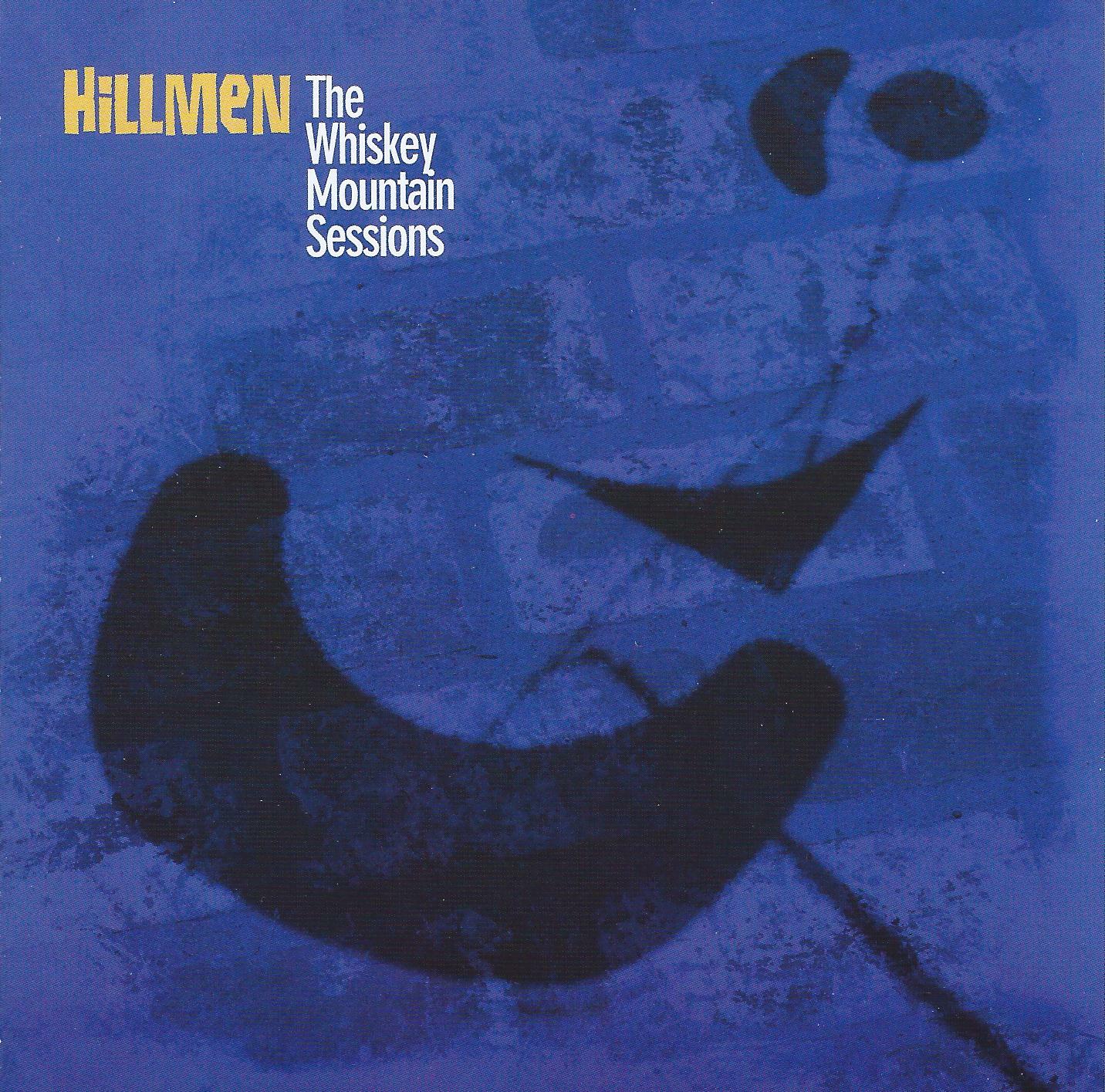 Formed in 2007, Hillmen is the quartet of Peter Hillman on drums, Ralph Rivers on bass, and Djam Karet members Mike Murray on guitars and Gayle Ellett on organ & electric piano (Rivers plays bass on two tracks and Steve Re is listed in the Guest section as playing bass on the other two tracks). The Whiskey Mountain Sessions is their debut album, released on Djam Karet’s Firepool Records label. The CD consists of four tracks in the 8-16 minute range and is all instrumental and all improvised.
Formed in 2007, Hillmen is the quartet of Peter Hillman on drums, Ralph Rivers on bass, and Djam Karet members Mike Murray on guitars and Gayle Ellett on organ & electric piano (Rivers plays bass on two tracks and Steve Re is listed in the Guest section as playing bass on the other two tracks). The Whiskey Mountain Sessions is their debut album, released on Djam Karet’s Firepool Records label. The CD consists of four tracks in the 8-16 minute range and is all instrumental and all improvised. Here we’ve got another archival recording from those menaces to the mainstream and mediocrity – Vas Deferens Organization (VDO). Recorded in 1997, The Science Of The Impossible was a one-off collaboration between VDO (Matt Castille and Eric Lumbleau) and a studio-only duo named Perihelion, which was keyboardist David Price and the late synthesist Tim Boone.
Here we’ve got another archival recording from those menaces to the mainstream and mediocrity – Vas Deferens Organization (VDO). Recorded in 1997, The Science Of The Impossible was a one-off collaboration between VDO (Matt Castille and Eric Lumbleau) and a studio-only duo named Perihelion, which was keyboardist David Price and the late synthesist Tim Boone. Spanish composer, multi-instrumentalist, and fantasy illustrator Priscilla Hernandez is back with a new album – The Underliving – the follow-up to her 2006 Ancient Shadows album. Let me give you a little background…
Spanish composer, multi-instrumentalist, and fantasy illustrator Priscilla Hernandez is back with a new album – The Underliving – the follow-up to her 2006 Ancient Shadows album. Let me give you a little background…